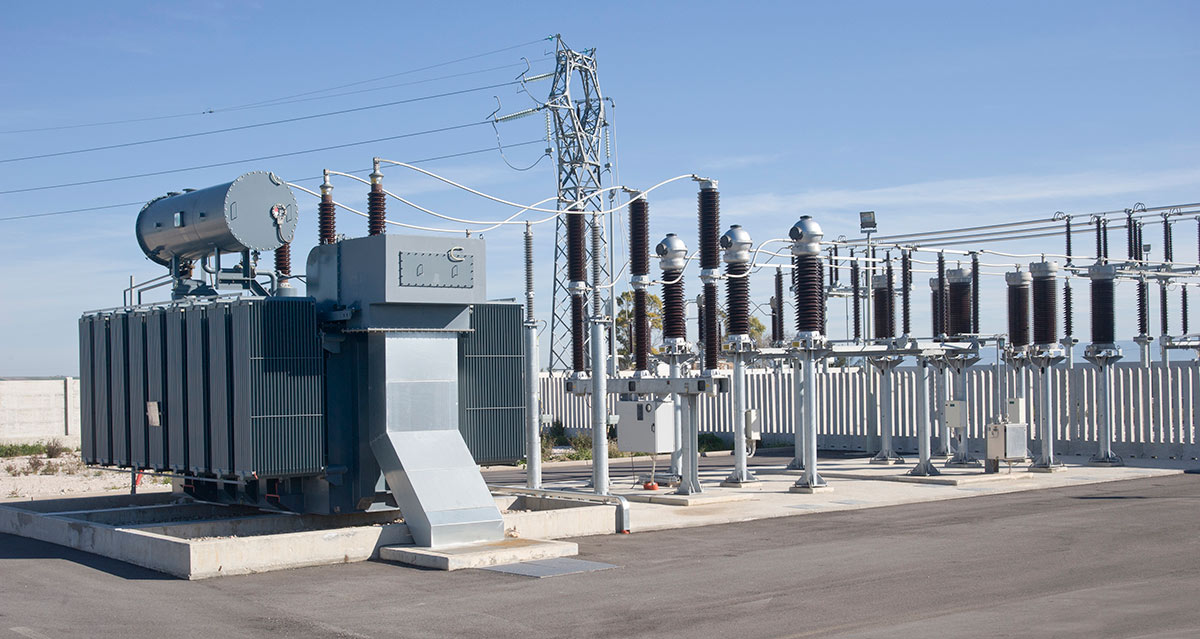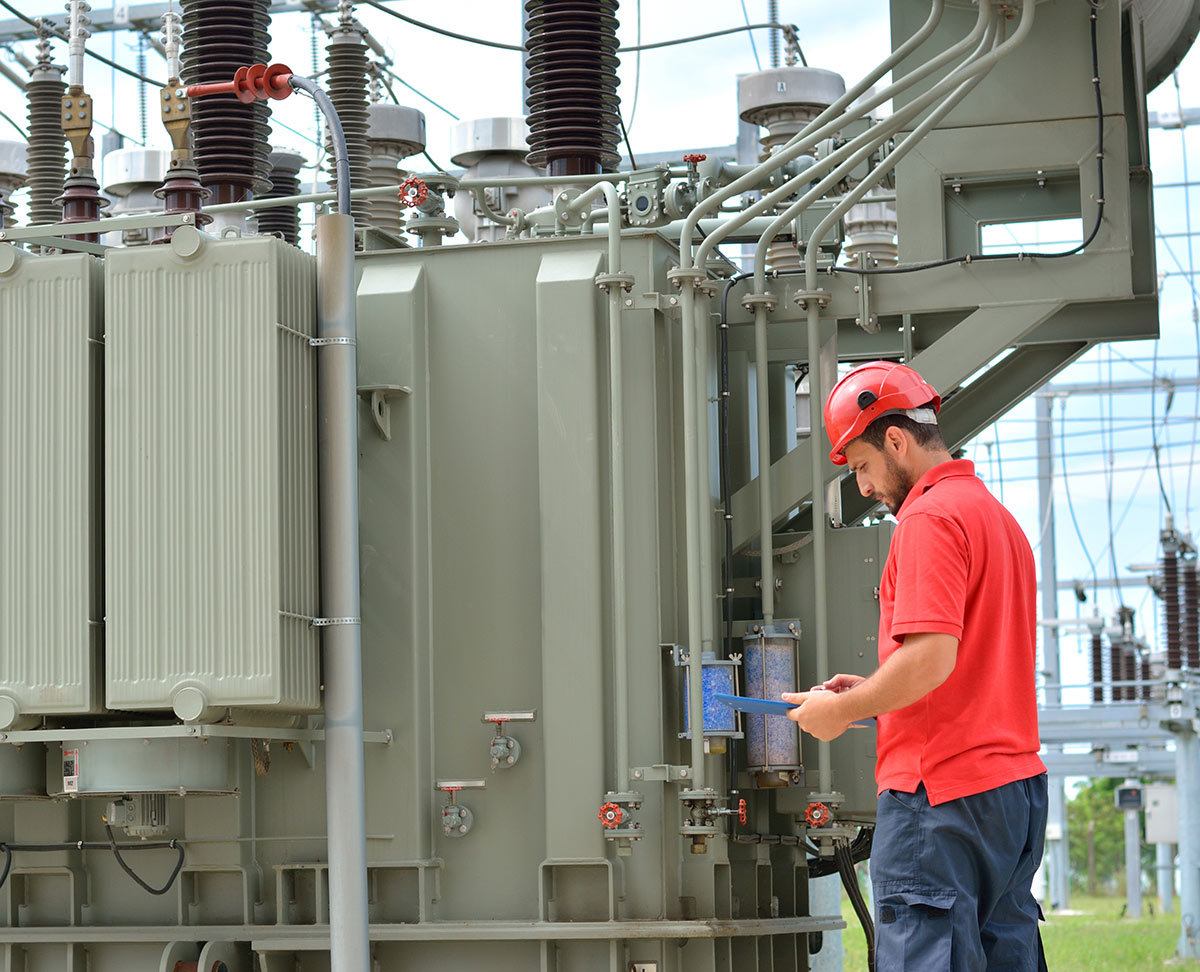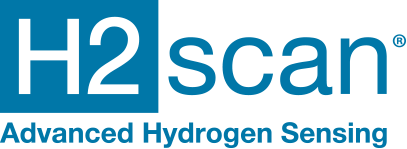
Trends in Online DGA Monitoring for Power Transformers: Navigating the Future of Grid Reliability
Are you prepared for the increasing demands on your transformer fleet? With transformer failures costing utilities an average of $10 million per incident, proactive health monitoring has never been more critical. As the power industry faces unprecedented challenges, from integrating renewable energy sources to the surge in electric vehicle adoption, maintaining the reliability and longevity of transformers is essential for grid stability and operational efficiency.
Recent industry discussions have shed light on the trends and best practices in online Dissolved Gas Analysis (DGA) monitoring, offering valuable insights into proactive transformer health management. This comprehensive overview highlights the importance of staying ahead of emerging challenges in the power industry.
Shortfalls of Traditional Manual Oil Sampling
What is DGA oil test for transformers? A DGA oil test is a diagnostic technique used to assess the condition and integrity of oil-filled transformers.
Traditionally, transformer health assessment has relied on manual DGA oil sampling. While this method provides valuable data, it has inherent limitations and challenges. Proper sampling techniques are critical; even minor errors can lead to inaccurate results. Key considerations for manual oil sampling to achieve optimal results include:
- Using appropriate equipment like glass syringes
- Ensuring the transformer is not under negative pressure before sampling
- Recording oil temperature at the time of sampling
- Analyzing samples within 7-14 days
However, as the electrical grid grows more complex and transformers face increasing stress, the industry is shifting towards online monitoring solutions. Online DGA monitoring offers real-time insights into transformer health, enabling more timely and informed decision-making. The benefits of online transformer monitoring include reduced risk of human error in data collection and analysis, continuous real-time data on transformer health, early detection of potential issues allowing for proactive maintenance, and integrating multiple monitoring functions into a single device.
Despite these advantages, implementing online monitoring systems has requirements. Proper installation, maintenance and data management are crucial to ensure the effectiveness of these systems. Key considerations include ensuring the correct installation and commissioning of monitoring devices, maintaining open valves for fluid flow to the monitors, establishing reliable communication channels for data transmission and developing a comprehensive plan for data management and analysis.
Emerging Trends in Transformer Monitoring
As the industry evolves, so do the monitoring solutions available. Several emerging trends in transformer monitoring have been identified:
- Integration of bushing monitors with DGA systems
- Increased adoption of partial discharge monitoring
- Use of fiber optic sensors for winding temperature measurement
- Growing interest in vibration monitoring
- Development of hydrogen-only analytics for simplified monitoring
- Expansion of monitoring to distribution transformers
The last trend is particularly noteworthy. As distributed generation and electric vehicle charging put increased stress on distribution networks, utilities are exploring ways to monitor these critical assets more effectively. This shift is especially evident in Europe, where some utilities plan to deploy thousands of DGA sensors on distribution transformers.
The industry also faces significant challenges, including extended lead times for new transformers (currently 2-3 years) and the massive investments required to upgrade grid infrastructure. One major utility in the U.S., for example, estimates that the upgrades necessary to become carbon neutral by 2045 will carry a $2.7 trillion price tag. The extended lead times and the cost of replacements make proactive transformer health monitoring even more crucial. Early detection of issues can often allow for repairs rather than replacements, potentially saving utilities significant time and resources.

Keys for Implementing an Effective Transformer Monitoring Strategy
To implement an effective transformer monitoring strategy and test for DGA, consider the following recommendations:
- Select the appropriate level of monitoring based on transformer criticality
- Plan for necessary maintenance activities and obtain proper training
- Clearly define responsibilities for commissioning, maintenance and data management
- Develop a comprehensive strategy for both new and existing transformers
- Consider the benefits of both multi-gas and single-gas monitoring systems
It is important to note that while online monitoring systems offer significant advantages, they should complement, not replace, manual sampling programs. Regular manual samples can provide additional data on fluid quality and check the accuracy of online monitoring systems.
As the power industry faces new challenges and opportunities, effective transformer health monitoring will play an increasingly vital role in maintaining grid reliability and efficiency. By embracing advanced monitoring technologies, including hydrogen sensors, and implementing comprehensive strategies, utilities and asset managers can ensure the longevity of their transformer fleets and better prepare for the future of the electrical grid.
Gain a deeper understanding of the latest trends in online transformer DGA monitoring and how they can benefit your organization by exploring further resources. Discover how proactive transformer health management can help you navigate the complexities of today’s evolving electrical landscape and position your organization for success in the years to come by viewing this informational online webinar, Trends in Online Transformer Dissolved Gas Analysis (DGA) Monitoring.

